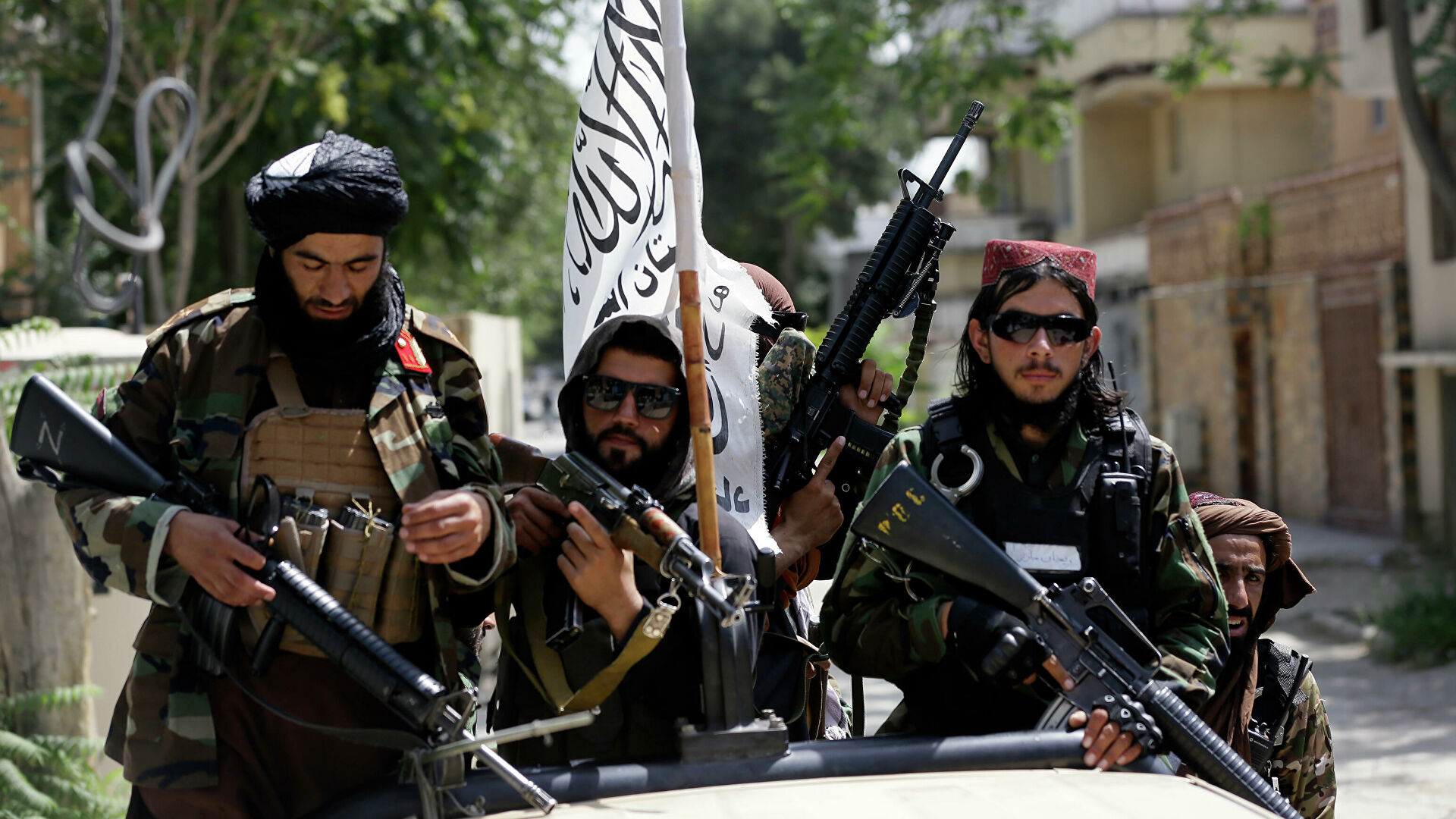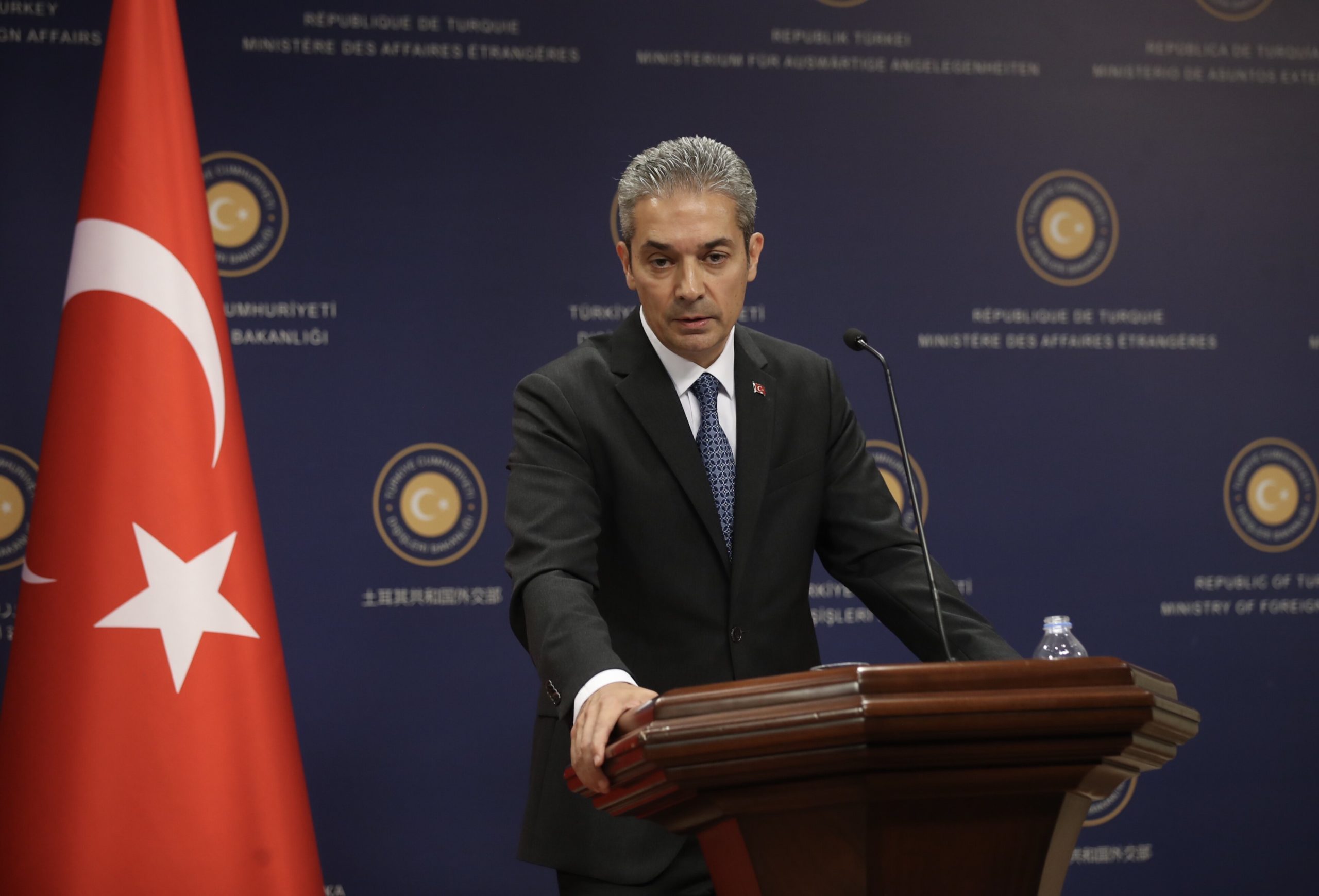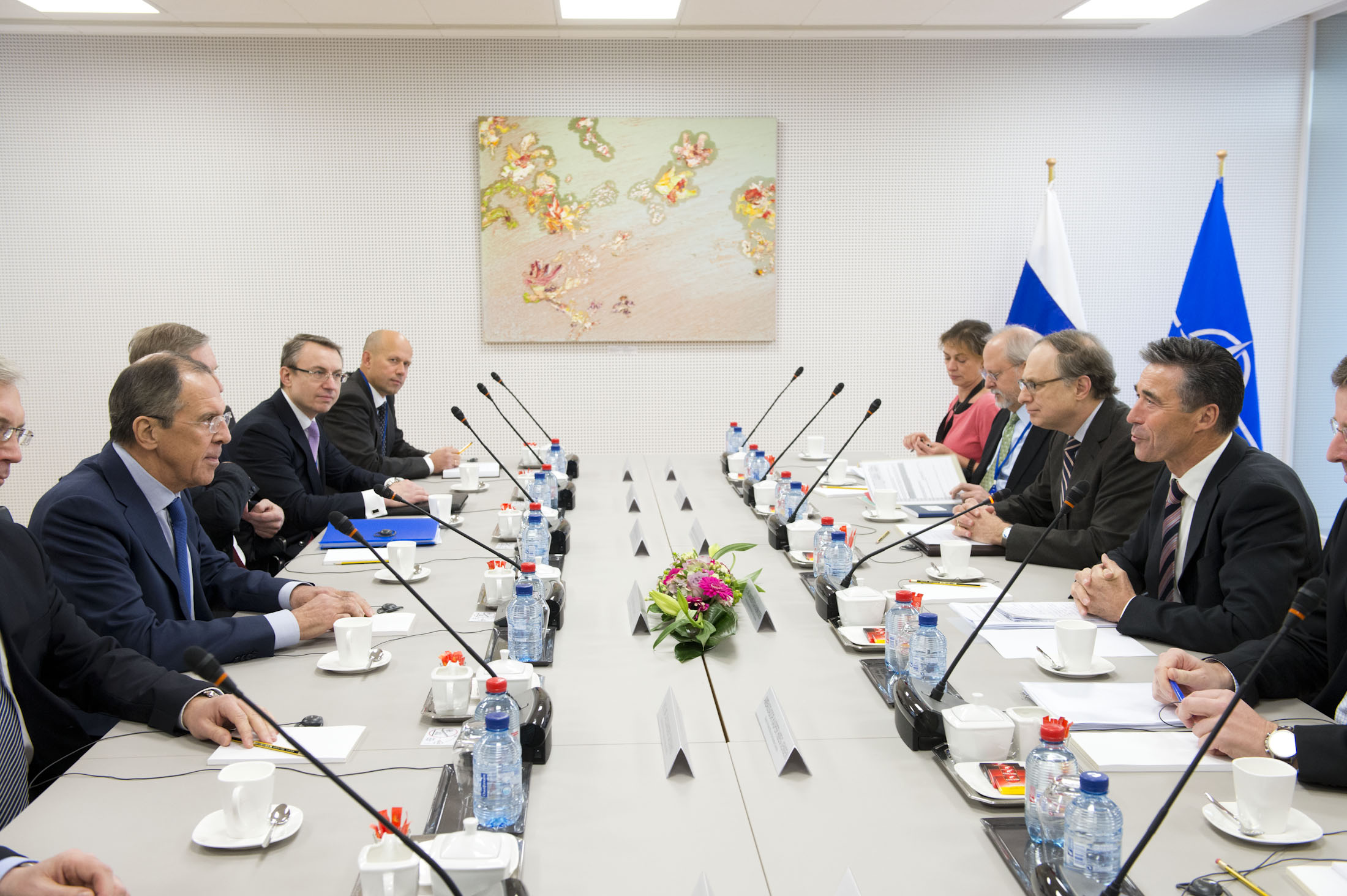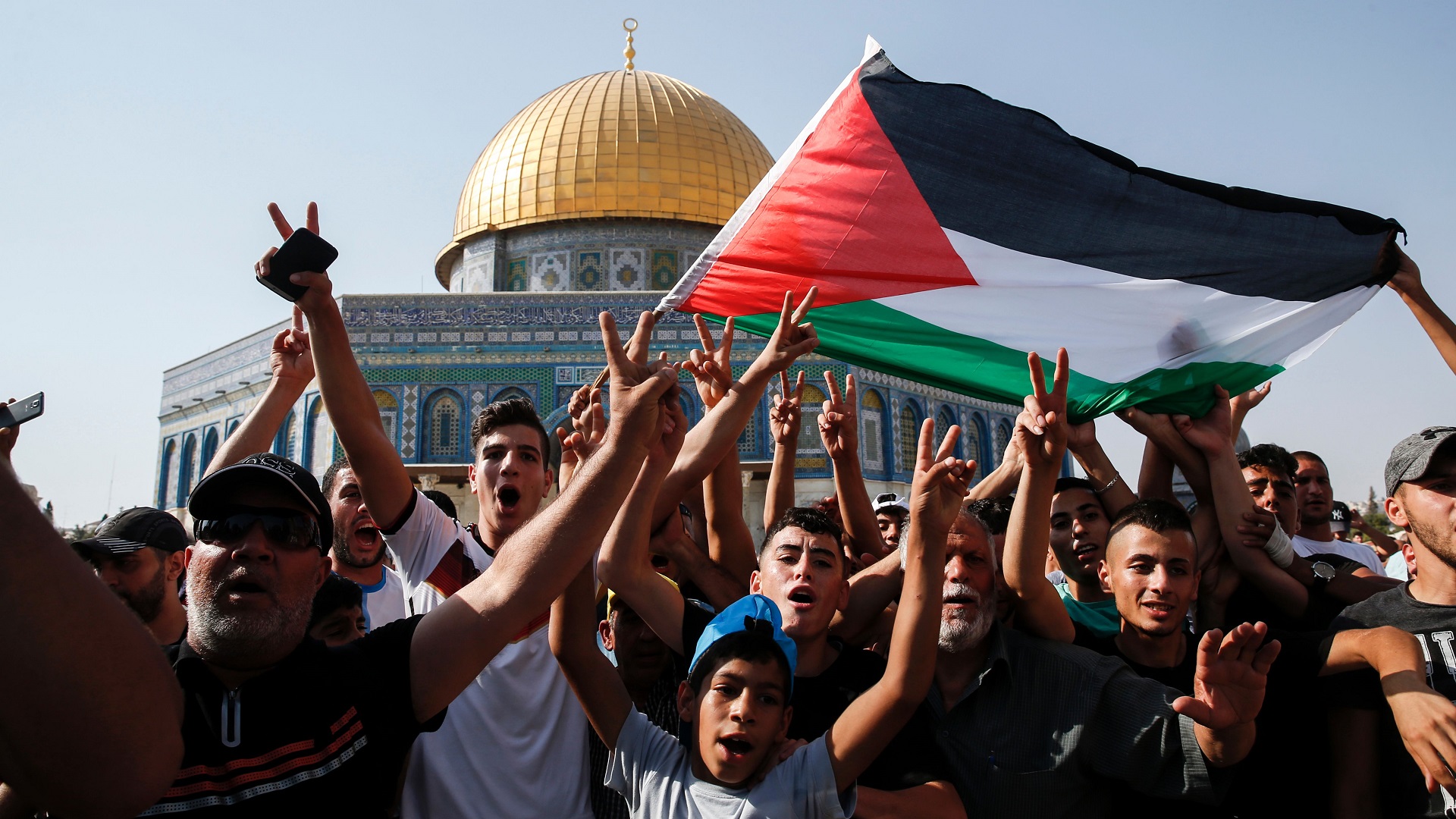I will in this article discuss the main languages of the Muslim world in the past and present and how language changes have affected the Muslim people in different ways.
Arabic as the Sole Language of Islam
Arabic became the language of Islam when the Quran was revealed in it in the year 610. The Quran`s first audience were Arabs from Mecca and the first Muslims were mostly Arabic-speaking. The Arab Muslims brought their language with them when they expanded beyond the frontiers of the Arabian peninsula and Arabic soon became the Lingua Franca, the official language, and the language of literature in the Muslim Caliphates.
Arabic also substituted or greatly reduced the use of other languages when it travelled to North Africa and the Middle East. Coptic, a language once widely spoken in Egypt is today reduced to a liturgical language for Egyptian Christians. Likewise, Aramaic, a language spoken in the Levant and as far as Iraq was also reduced on Coptic lines by Arabic. Greek and Latin disappeared almost completely. 1 This was not only as a result of Arab tribes settling in the conquered areas or intermarriage with the locals but also very much because of the new converts abandoning their mother tongues along with their religion of birth.2
Challenge from Persian in the East
The first challenge Arabic faced was from Persian in the Eastern Islamic lands during the period of Abbasid decline. Here, several new dynasties (informally or formally independent) came into being where the Persian language was reintroduced partially alongside Arabic as the language of literature and administration. This process increased gradually until Arabic was reduced to the language of theology, as in the Samanid Empire. Many of these new courts extended financial support to Persian poets and learned men.
However, this language (Modern Persian) was different from the “Middle Persian” used during the Sassanid Empire. It was written in the Arabic alphabet and had a lot of Arabic words in it because of the being under the influence of Arabic for a long time.
The Central Asian Turkish-speaking people converted to Islam as a result of the Muslim Arab conquest and Islamization of Transoxiana. They became themselves the founders of empires in these Eastern lands. The important point here is that these Turks did not use Turkish but Persian in their courts. Examples are the Ghaznavids and the Seljuks who were both of Turkish ancestry but used the Persian language in administration, literature, and as a lingua franca. The Mughals who were Central Asian Turks used Persian as their official language (unlike the Anatolian Turks who began using Turkish) after their conquest of India in 1526.
Persian remained the court language during the whole period of the Seljuks of Rum. The Ottomans continued giving importance to Persian and no example can be more entertaining than the one from the early 16th century where Sultan Selim used Persian in his correspondence with Shah Ismail who replied in Turkish. Persian and Arabic were the main languages of the Ottoman education system until the modern period when French entered the scene. The knowledge of Arabic and Persian among educated Ottoman Turks effectively connected them with Ottoman and non-Ottoman Muslims from Morocco to India and Khorasan.
Turkish as a Literary Language Enters the Scene in Central Asia and the Ottoman Empire
Turkish itself also became a literary language with time after Arabic and Persian. Chagatai Turkish is an extinct language now but it was widely spoken and a shared literary language in Central Asia. It developed in the late 15th century and was replaced by a local Uzbek dialect by the Soviets in the beginning of the 20th century. Chagatai was mutually intelligible with Ottoman Turkish as both languages shared a huge number of Persian and Arabic words in addition to being Turkic. Modern day Uzbek and Uygur are descendants of Chagatai Turkish.
The Russians termed Chagatai Old Uzbek and promoted other local Turkic dialects during their colonization of Central Asia with the result being mutually unintelligible languages in Central Asian countries, dependency on Russian as the lingua Franca of Central Asia, and broken ties with the past for present-day
Central Asian Muslims who know neither Persian (except Tajikistan), Arabic, or literary Turkish of their forefathers. One example is that translators are needed when Turkic speaking countries meet. This would not have been necessary if Ottoman and Chagatai Turkish had survived.
Urdu Replaces Persian in South Asia
Babur, the founder of the Mughal Empire (one of the three major Muslim empires before the time of modern states) was born in present-day Uzbekistan and was well versed in Chagatai Turkish. His famous work Baburnama was written in Chagatai. Nevertheless, the Mughals switched to Persian as the language of official correspondence and literature in India. Persian was not the language of a small elite at the top but had millions of speakers even among Indian non-Muslims. It was the Lingua Franca of India and effectively connected Muslims from India with Muslims from Anatolia, Iran, and Central Asia. Muslims from Iran and Central Asia could easily (and did in great numbers) migrate to South Asia as they migrated to the Ottoman Empire.
The British changed the language of administration from Persian to English in 1839 with disastrous consequences for Indian Muslims who became “illiterates” overnight. The importance of Persian declined after that and the knowledge of English rather than Persian became important for those who aimed for social mobility.
With this development, the Indian Muslims` connection with Central Asia, Iran, and Anatolia ceased to exist and subsequent generations were unable to comprehend Persian works with Indian origin and hence lost connection with their 800 years of history in India. India, which once excelled in Iran when it came to the production of Persian works 3 are today in a situation where Persian works of Indian origins are called “homeless texts” 4 because there is little interest in them both in India and outside India.
The Pakistani prime minister Imran Khan emphasized that there would be no need for a translator had the British not come to India during his meeting with his Iranian counterpart Hassan Rouhani.5 Urdu became the prime Muslim language after the demise of Persian. This was a local language used in northern India and was mutually unintelligible with
Persian. Nevertheless, it borrowed heavily from Persian and Arabic vocabulary due to many centuries of existence under the shadow of Persians` official and high literary status and can thus be compared to Ottoman Turkish.
Even Urdu is Deteriorating
Urdu is the national language of Pakistan but has suffered tremendously since the birth of Pakistan in 1947. This because the language of power is English, not Urdu. English is the official language of Pakistan in the higher echelons of Government with Urdu being used only at lower levels. In the private sector too, almost all jobs which require some education also require English language skills. This means that the whole education system is aimed at teaching English to the students and the only institution which has preserved the Urdu language at a high and pure level is the religious schools called Madrasas. Most books in Pakistan are preferred to be written in English except books on religion and fiction.
The rapid decline of Urdu and the increasing number of English words in both spoken and written Urdu is alarming and has the negative effect of making the learning of literary Persian and Arabic harder for the new generation of Pakistanis.
The new government of Imran Khan is showing greater pride for Muslim culture. Such can be seen when the prime minister wears traditional South Asian dress during his foreign visits and the foreign minister uses the Urdu language in the UN but concrete steps are still to be taken for the rescue and development of Urdu which was not only the foremost language of South Asian Muslims after Persian but which became so rich in its vocabulary that it was successfully used at the university level such as medical studies in Hyderabad, British India.
The Fate of Arabic, Persian, and Ottoman Turkish in the Ottoman Empire
The end of Persian and Arabic learning in Anatolia de-connected Turkish-speaking Muslims from the Arabic and Persian-speaking world. Both languages had been taught in madrasas since the Seljuk conquest of Anatolia. Many scholars in Anatolia had been educated in Iran (before the Safavids) and Central Asia because of the use of Persian in Anatolia. During the Safavids, those who did not choose to stay in Iran left for Anatolia among other places.
The second thing which happened was the Turkish language reform. Ottoman Turkish had been the literary and official language of the Ottoman empire for a half Millenia and was extremely rich in vocabulary and literature. The language reform stripped the Ottoman Turkish language of most of its Arabic and Persian vocabulary and changed the script from Arabic to Latin. The result was that Anatolian Turks were also cut off from their own heritage because the new generations were and are unable to read Ottoman literature.
Here, one can see clear parallels with South and Central Asian Muslims who have gone through the same process of cutting off connections in both spaces (geography) and time (own history and heritage). The only difference being that this was done by European colonial powers in South and Central Asia but in Turkey, this was done by the Turkish government itself.
The Turkish Language Reform has clear parallels to contemporary Hindi (the Lingua Franca of northern India) where the Hindus have purged the Persian and Arabic words and substituted them with Sanskrit. They write it with the Devanagari alphabet instead of the Arabic alphabet. The motivation behind this being an urge to distance Hindi from Urdu because Urdu was so strongly associated with Muslims.
In fact, Mustafa Kemal was even more successful than the Indians as the latter has only succeeded partly in their “language reform”. Literary Hindi is reformed but spoken Hindi of Northern India and spoken Urdu of Pakistan are still almost the same languages.
President Erdogan`s reintroduction of Ottoman Turkish in the Turkish school system is in that regard a historical step towards the unification of Anatolian Turks with their rich past. Events such as the opening of Arabic service of TRT, influx of millions of Arabic speakers to Anatolia, arrangement of Arabic book fairs in Istanbul, and the remarkable increase in the number of Turks (among them Imam Hatip students) learning Arabic all signalize that the barrier created by the one-party government in the early Turkish Republic is long gone. Mr. Erdogan`s recitation of the Quran and use of Arabic6 and Persian7 in his speeches are a clear indication of the present government`s attitudes towards Arabic and Persian.
The Arabic-Speaking World: A Historical and Contemporary View
The Arabic-speaking Muslims saw the height of the Arabic language during the Classical Arabic Era which was marked by the tragic fall of Baghdad in 1258. Arabic was the most advanced language in the middle ages and it was the vehicle of science and progress and the Arabs had also translated a huge number of books from other cultures it came in contact with. Arabic in the Ottoman Empire was not only used as a language of religious law but scientific works were also produced in Arabic. The official language was Ottoman Turkish though. Educated Arabs spoke only Arabic, unlike educated Turks who were multilingual.8
Classical Arabic developed into Modern Standard Arabic. The latter also contains modern-day vocabulary not found in Classical Arabic. The Arabs perceive both Classical and Modern Standard Arabic as one written/formally spoken language. The 22 Arab countries use MSA as the official language, language of education, news, and other formal areas. Spoken Arabic is different from MSA and is called dialect. The Arabic dialects have the same relation to standard Arabic as Latin has to Romance languages such as French and Italian. But unlike the Europeans (or the Indians or Chinese for that sake who have both lost Sanskrit and Classical Chinese respectively) the Muslims are lucky to have retained their Classical language.
The only contemporary parallel one can see to a nation having a living classical language is the revitalization of Hebrew as the language of Israel which was revived after it had been a non-spoken liturgical language for almost 2000 years.9
Unfortunately, MSA is facing challenges on many fronts. One is the use of dialects among Arabs (despite knowing MSA) in their daily lives. The biggest danger though is the use of dialects in writing. Exactly this happened to Latin after the coming of the printing machine when books were also written in local dialects. Another challenge is the presence of other languages used for administration, business, and education such as French in some former French Arab colonies.
On the other hand, more and more Arabs are being exposed to MSA because of the universal education system and the spread of television and the internet which has led to more speakers of standard Arabic.
Conclusion
Arabic was the sole language of Islamic Civilization in the first centuries of Islam and a huge number of new converts adopted Arabic as their mother tongue. After Arabic, Persian and Turkish entered the scene. Still, the linguistic unity of the Muslim world was not affected that much because the same languages were used in large parts of the Muslim world. Besides, Persian and Turkish themselves became rich carriers of Muslim culture. The first real blow to the linguistic unity of the Muslim world came in modern times when European languages were introduced and the learning of classical Muslim languages declined. This disconnected Muslims living in different parts of the Muslim world. The development since has largely gone in the direction of linguistic disunity. The Arabs speak dialects (often mutually unintelligible), the Anatolian Turks speak a version of Turkish which is mutually unintelligible with Turkic languages spoken in Central Asia. Pakistanis cannot communicate with Muslims from any other Muslim countries and Muslims speaking different languages have to use English when they meet each other during hajj.
On the other hand, there are positive things too. Literary Arabic, Islam`s foremost language is still intact. In Turkey (the only Muslim country so far) there is a reversal of former policies on Ottoman Turkish and a display of positive attitudes towards Persian and Arabic by the governing party AKP. Persian itself is spoken in a large part of the Muslim world and Urdu, although under threat, is still carrying a huge number of Arabic and Persian words and the language has also produced vast amounts of Islamic literature.
Sources and References
- Bernard Lewis: The Muslim Discovery of Europe, p.71
- Bernard Lewis: The Middle East, p.58
- Encyclopedia Iranica, INDIA xiv. Persian Literature, https://www.iranicaonline.org/articles/india-xiv-persian-literature-in-india
- Baraza, Persian, Indo-Persian, and Homeless Texts, https://baraza.cdrs.columbia.edu/indopersianhomelesstexts/
- SAMAA TV, PM Imran Khan, Iran’s Rouhani Address Joint Press Conference in Tehran, 22 April 2019, https://www.youtube.com/watch?v=IvZARzaB06s
- Sofiane Leksir YouTube Channel, أردوغان يتكلم العربية Erdogan speaks Arabic, 13 June 2011, https://www.youtube.com/watch?v=a1FbC2Ox8t4
- TRT World, President Erdogan’s public address on Hagia Sophia, 13 July 2020, https://www.youtube.com/watch?v=0x-ROvVnPXU
- Bernard Lewis: The Muslim Discovery of Europe, p.72
- Wikipedia English, Revival of the Hebrew Language, https://en.wikipedia.org/wiki/Revival_of_the_Hebrew_language












